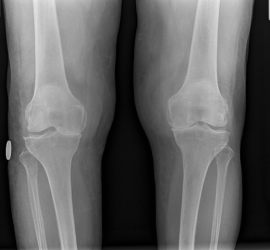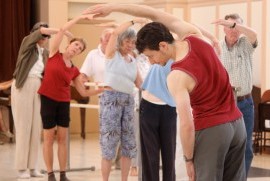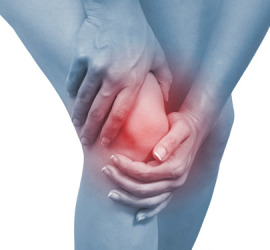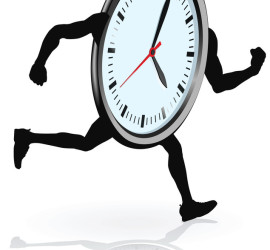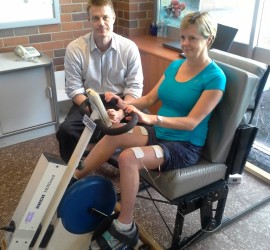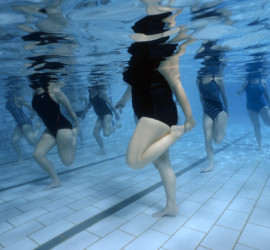2015 Highlights from the Motor Impairment Group at NeuRA
Members of the Motor Impairment Research Program conducted a randomized controlled trial to assess whether step training can improve physical and neuropsychological measures associated with falls in people with multiple sclerosis (MS). 50 people with MS participated in the trial in which intervention group participants (n = 28) performed step […]



